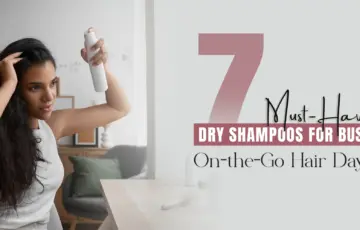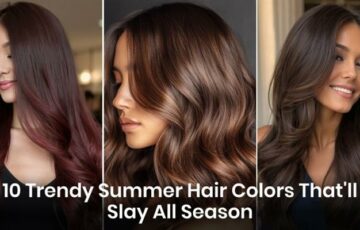Curly hair care in India involves navigating challenges like humidity, dryness, dust, and pollution, which affect hair health across diverse climates. This guide provides objective information on curly hair care practices, common ingredients, and issues specific to Indian conditions. It covers curl types, care methods, and emerging trends without endorsing products or routines.
Understanding Curly Hair in India
Curly hair ranges from Type 2a (loose, soft waves) to Type 4c (tight, zigzag coils), each with unique needs. India’s climate—humid in coastal areas like Mumbai, dry in inland regions like Jaipur, and dusty in urban centres—impacts curls. Humidity can cause frizz, dryness leads to breakage, and pollution or hard water may create scalp issues or buildup. Though non-CG approaches are also common, many products in India align with the Curly Girl (CG) method, which avoids sulphates, silicones, and heat. Curl-type charts are available on sites like Curls and Beauty Diary for visual reference.
Common Curly Hair Care Products in India
Various products are available in India for curly hair, spanning budget and premium price points. Below is an overview of product types, their purposes, potential benefits, and limitations, based on market trends and user discussions. Prices are approximate (2025) and vary by retailer.
1. Sulfate-Free Shampoos (~₹150–₹600)
- Purpose: Cleanse scalp and hair without stripping natural oils, which are common in CG-friendly formulas.
- Ingredients: Often include rice water or tea tree oil.
- Benefits: Maintain moisture; reduce dryness.
- Limitations: Some formulas may not lather well for oily scalps, and some dry out 4B–4C curls in low humidity. Buildup is possible with hard water.
- Examples: Found in brands across drugstores and online platforms.
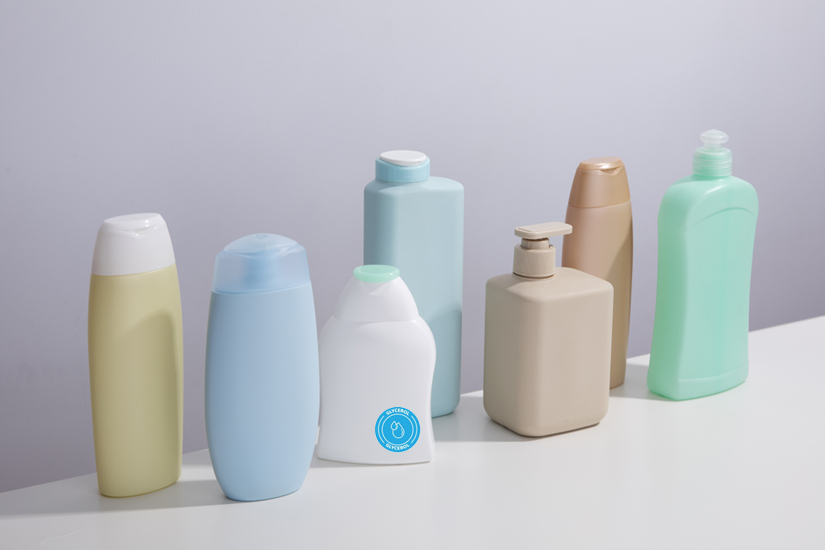
2. Anti-Dandruff Shampoos (~₹100–₹200)
- Purpose: Address scalp flaking or oiliness, often non-CG due to sulfates or silicones.
- Ingredients: Tea tree, neem, or menthol.
- Benefits: Controls dandruff; widely available.
- Limitations: Can dry out 3C–4C curls; may require heavy conditioning to restore moisture.
- Examples: Available in local stores.
3. Glycerine-Free Conditioners (~₹500–₹700)
- Purpose: Hydrate and detangle curls for humid climates to reduce frizz.
- Ingredients: Aloe vera, coconut oil.
- Benefits: Smooth knots; humidity-resistant.
- Limitations: Smaller sizes for price; may cause buildup if not appropriately rinsed; less effective for very dry hair.
- Examples: Offered by specialized curly hair brands.
4. Curl Creams (~₹700–₹900)
- Purpose: Define curls and add moisture.
- Ingredients: Shea butter, flaxseed, aloe vera.
- Benefits: Enhance curl shape; add shine.
- Limitations: Shea butter may clog fine 2A–2B curls; sticky in extreme humidity; overuse leads to greasiness.
- Examples: Sold by curly hair-focused brands.
5. Curl Gels (~₹300–₹500)
- Purpose: Provide hold to maintain curl shape, some non-CG due to silicones.
- Ingredients: Angelica seed oil, polymers.
- Benefits: Control frizz; affordable options exist.
- Limitations: Overuse causes flaking; silicones require clarifying shampoo to remove; weak hold for 4B–4C curls in high humidity.
- Examples: Available in drugstores and online.
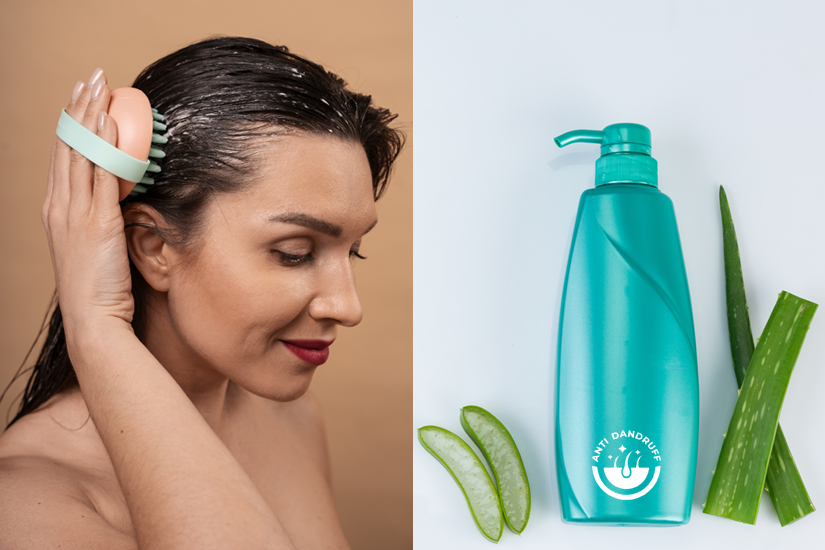
6. Aloe Vera Gels (~₹80–₹150)
- Purpose: Used as a styling gel or moisture booster, often a budget alternative.
- Ingredients: Pure aloe vera, sometimes with additives.
- Benefits: Lightweight; natural; defines 2A–3A curls.
- Limitations: Weak hold for tighter curls; sticky if over-applied; quality varies by brand.
- Examples: Found in local markets.
7. Deep Conditioners (~₹800–₹1000)
- Purpose: Restore moisture and repair damage.
- Ingredients: Hibiscus, rice water, oils.
- Benefits: Hydrate porous hair; strengthen strands.
- Limitations: Thick textures are hard to rinse in cold or hard water; high cost; overuse of protein-heavy formulas risks brittleness.
- Examples: Offered by premium brands.
General Curly Hair Care Routine
A typical curly hair routine involves cleansing, conditioning, styling, drying, and night care, often done 1–2 times weekly. Below is an informational overview, adaptable to different resources and climates.
Step 1: Cleanse
- Process: Apply a shampoo to the scalp, massaging to remove dirt. Rinse thoroughly. Clarify every 2–4 weeks to remove buildup from dust or hard water.
- Alternatives: Any shampoo, paired with a conditioner, may work for oily scalps to prevent dryness.
- Considerations: Hard water can leave residue, requiring more rinsing or a clarifying step.
Step 2: Condition
- Process: Apply conditioner to mid-lengths and ends. Detangle with fingers or a comb. Rinse fully or partially, depending on desired hydration—deep condition weekly for dry or damaged hair.
- Alternatives: Budget conditioners work if detangled in the shower; mix with water to stretch the product.
- Considerations: Overuse or poor rinsing may cause buildup, especially in humid areas.
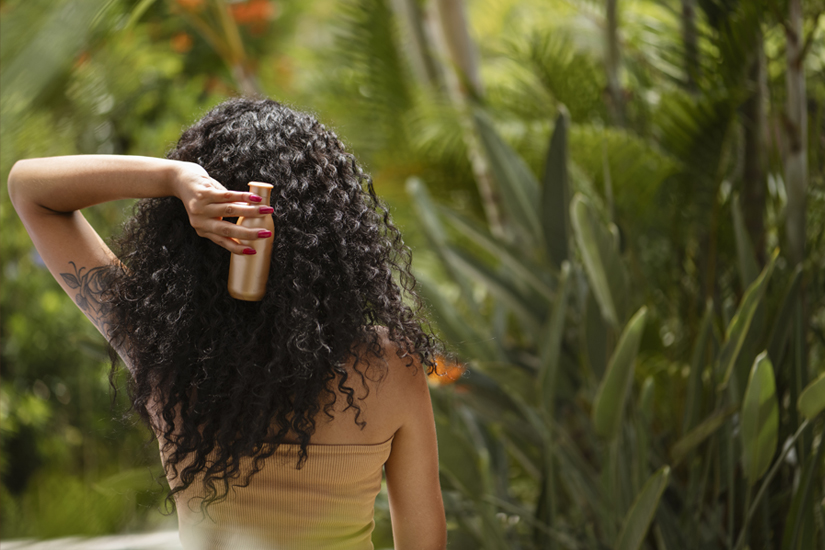
Step 3: Style
- Process: Apply cream or gel to wet hair, smoothing or scrunching to define curls. Use small amounts to avoid residue.
- Alternatives: Dilute gels with water in a spray bottle for even application without tools.
- Considerations: Over-application leads to flaking or stickiness; gels may underperform in extreme humidity.
Step 4: Dry
- Process: Gently scrunch with a cotton cloth, T-shirt, or any non-rough fabric to reduce frizz. Air-dry by flipping hair forward for root lift. If using a diffuser, set to low heat.
- Alternatives: Air-dry without tools; pin curls loosely in humid weather to speed drying.
- Considerations: Touching hair while drying increases frizz; hard water may slow drying.
Step 5: Night Care
- Process: Sleep on a smooth fabric (cotton or satin) to minimize friction. Tie hair in a loose high bun to preserve curls. Refresh with water or a light product in the morning.
- Alternatives: Any soft cloth reduces friction if specialized fabrics are unavailable.
- Considerations: Tight buns may distort curl patterns; loose hair styles work better.
Common Curly Hair Challenges
Curly hair faces specific issues, particularly in India’s environment. Below are three frequent concerns and general approaches to address them:
- Shrinkage: Common in 3C–4C curls, hair appears shorter than its actual length due to tight coiling. This indicates healthy elasticity. To reduce shrinkage, apply products on wet hair and air-dry without scrunching, though this may reduce definition.
- Scalp Issues: Pollution, sweat, or hard water can cause itchiness, dandruff, or oiliness. Clarifying shampoos or scalp scrubs every 2–4 weeks remove buildup. Diluted essential oils (e.g., tea tree) may soothe irritation, but patch-test first.
- Protein Overload: Ingredients like rice water or hydrolyzed proteins strengthen hair but if overused, make curls brittle or straw-like. Switching to moisture-focused products for 2–4 weeks can restore balance. Signs include stiffness or breakage.
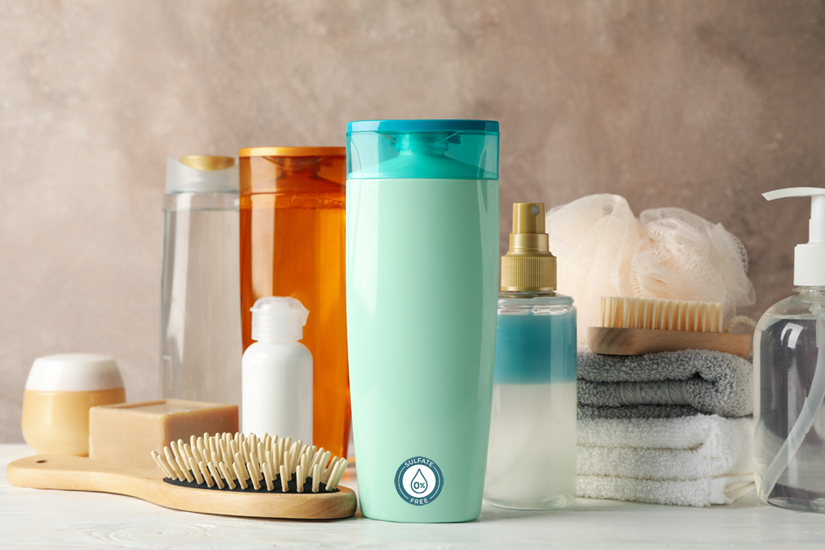
Ingredients Commonly Used in Curly Hair Products
Certain ingredients are prevalent in curly hair care products in India, each with benefits and drawbacks:
- Aloe Vera: Hydrates hair and scalp; reduces frizz in humid conditions. May be too light for very dry 4B–4C curls.
- Shea Butter: Locks in moisture; adds shine. Can clog fine 2A–2B curls or feel heavy in humid weather.
- Hibiscus: Softens hair; may support growth. Limited impact on curl definition.
- Rice Water: Strengthens strands; enhances definition. Overuse risks protein overload, causing brittleness.
- Flaxseed: Improves elasticity; defines curls. May feel sticky in high humidity.
Trends in Curly Hair Care in India
The curly hair care market in India is expanding, with several notable developments as of 2025:
Specialized Accessories: Products like satin-lined caps or bonnets, popularized by brands featured on entrepreneurial platforms, protect curls during sleep and reduce friction.
- Sustainable Packaging: Some brands use biodegradable or recyclable materials, appealing to environmentally conscious consumers.
- Glycerine-Free Formulas: These products target humid climates, preventing excess moisture absorption that causes frizz.
- Scalp Analysis Tools: Mobile apps, developed by startups, use camera-based technology to assess scalp health and suggest care practices, though accuracy varies.
- E-Commerce Growth: Online platforms have increased access to curly hair products, even in smaller towns, broadening market reach.
Additional Resources
For further information, explore community-driven platforms and blogs:
- r/ABCDesis: A Reddit forum with user-shared tips and product experiences.
- The Curious Jalebi: Offers detailed articles on curly hair care in India.
- Curls and Beauty Diary: Provides curl type charts and care guides.
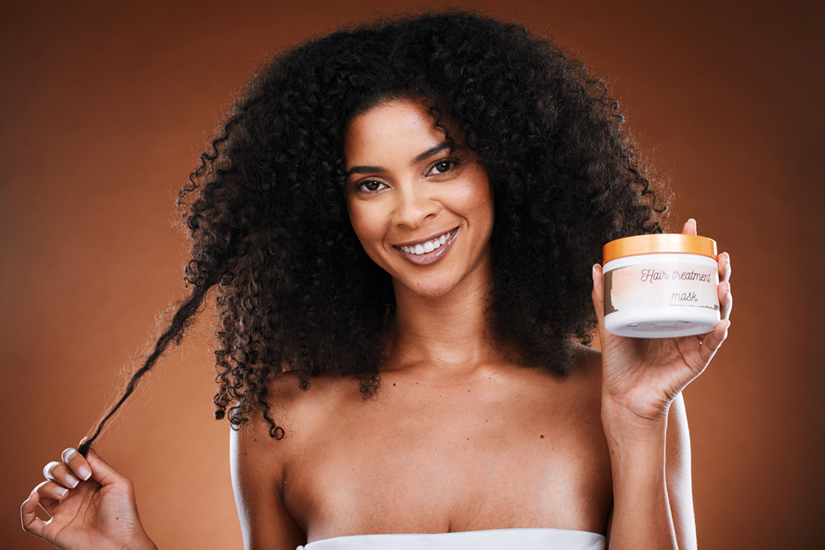
Conclusion
Curly hair care in India requires adapting to diverse climates and environmental factors. Understanding curl types, product ingredients, and care practices can help address challenges like frizz, shrinkage, or scalp issues. The market offers a range of products, from budget to premium, alongside evolving trends like sustainable packaging and digital tools. For visual aids, such as curl type charts, check external resources like Curls and Beauty Diary.


